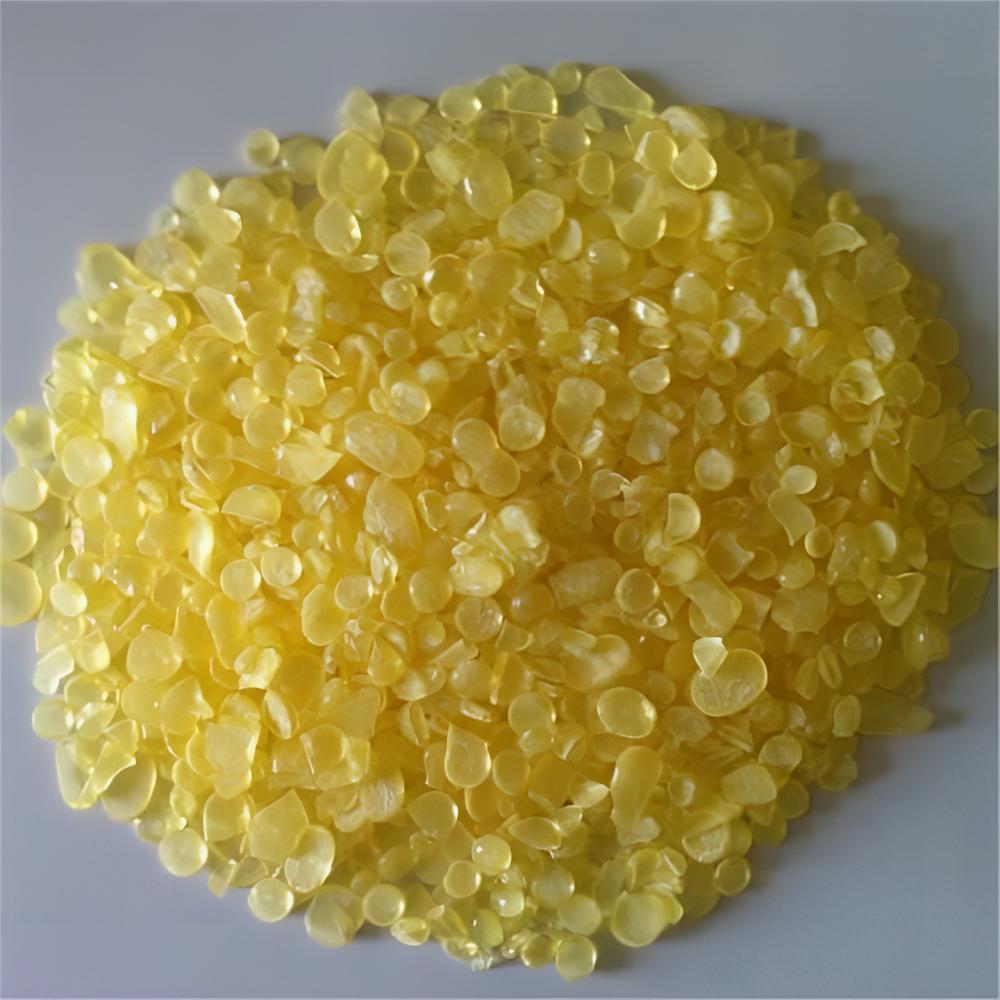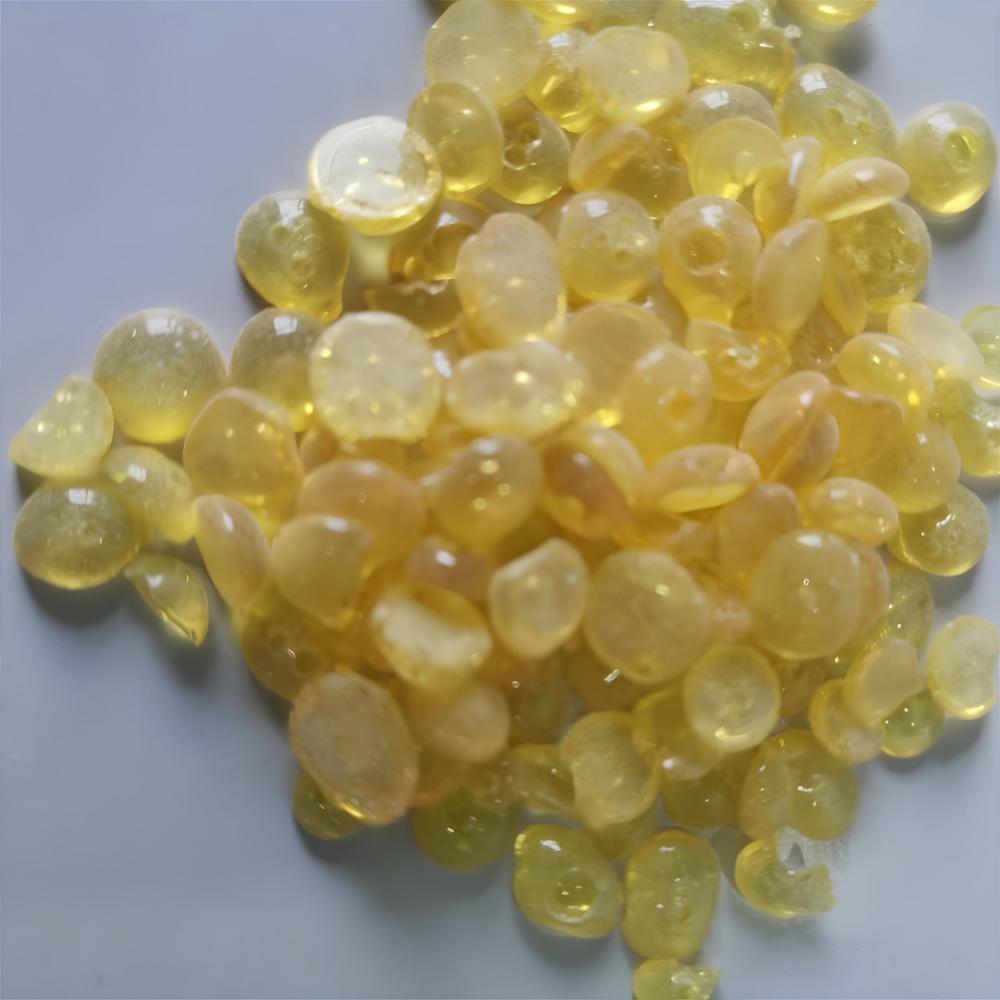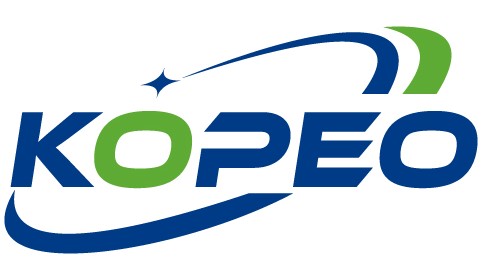Background and Overview In recent years, with the continuous development of China's petrochemical industry, the production capacity of ethylene grows year by year, which brings a broad space for the development of China's C5 Petroleum Resin.C5 petroleum resin is made by polymerizing the C5 fraction, which is a by-product of ethylene plant, as the main raw material in the presence of catalyst. The resin is inexpensive and has excellent properties such as acid resistance, alkali resistance, anti-aging, weather resistance, etc. It is widely used in coatings, inks, seals, adhesives and so on. Structure of C5 Petroleum Resin The main chemical structure of C5 petroleum resin is shown in the figure: C5 petroleum resin is a kind of low relative molecular mass thermoplastic resin, generally the average relative molecular mass is between 1000~3000, the resin is yellow to light brown, it has good performance of lowering coagulation and increasing viscosity and improving viscosity coefficient, it is soluble in solvents such as benzene, toluene, xylene and so on, and it can be mixed and dissolved with EVA (Ethylene-Vinyl Acetate Copolymer), polyethylene and so on. As C5 petroleum resin belongs to non-crystalline substances, there is no certain material and petroleum resin research. Melting point, usually using the globe method to determine its softening point. Softening point is the most important property of C5 petroleum resin, which marks the hardness, brittleness and viscosity of petroleum resin. At present, the C5 petroleum resin produced in China can be divided into two series of 80~110℃ and 110~160℃ according to the softening point.

Application of C5 petroleum resin 1. Tackifier C5 petroleum resins are used in adhesives for structural and decorative purposes in the construction industry, automobile assembly, tires, wood processing, commodity packaging, bookbinding, sanitary products, footwear industry, etc. C5 petroleum resins are the tackifying component of many adhesives, e.g., hot-melt adhesives, pressure-sensitive adhesives. 2. Additives As an Additive of paint, petroleum resin can speed up the drying speed of paint film, improve water resistance, acid and alkali resistance, surface hardness and gloss, road marking paint containing 10%~30% hydrogenated petroleum resin has enough durability, good thermal stability and weather resistance. Add C5 petroleum resin in rubber (dosage of about 15%) can play a softening, viscosity and so on, can improve the processing performance of rubber, foreign countries have been in styrene-butadiene rubber, butadiene rubber, halobutyl rubber and other synthetic rubbers in the use of C5 petroleum resin. Petroleum resins can be used as the main additives of asphalt materials for housing construction, sealing, coating and flood control construction, especially suitable for laying colored pavement. In order to solve the separate use of polypropylene or polybutylene as medical containers and packaging materials (such as blood bags, liquid drug bags, infusion tubes, etc.) when the existence of poor heat resistance, poor transparency and softness and other issues, can be hydrogenated petroleum resin as an additive.

3. Petroleum Resin for paper making Petroleum resins formulated into emulsions can be used as sizing agents in the paper industry, thus expanding the application areas of finished resins. As the petroleum resin is a non-polar substance, can not be boiled directly into sizing emulsion, must be petroleum resin with active groups of maleic anhydride, rosin and other mixed use. China's development and application of petroleum resin for papermaking started late. Shanxi Institute of Applied Chemistry synthesized several varieties of petroleum resins for papermaking by hot polymerization method, and carried out a lot of experimental work on its sizing performance.
